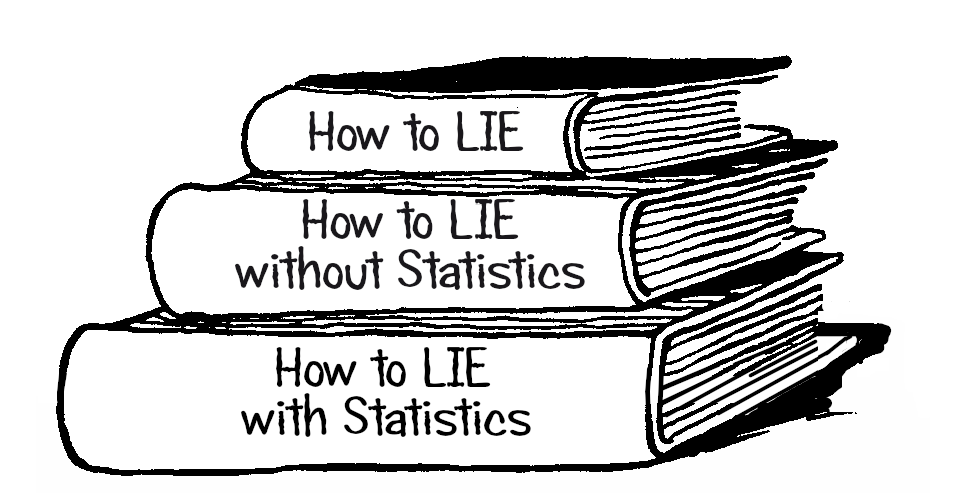0 Quality-of-life in freefall. The measure the rich don’t want you to see.
- Society
- by Adrian Mark Dore
- 23-01-2023

We live in a democracy, so we assume our government and economy serve us. But things don't seem or feel right. We are unable to put our finger on the problem. We know we are being misled and lied to. That much is obvious, but how are they doing this so effectively?
They use measures - the wrong measures to mislead us. They use measures that serve their needs, not ours, and tell us these are the correct and only valid measures. They constantly point to these measures, telling us things are going well. They are for them (the rich) but not for us, the poor majority.
If you want to control and influence the economy, the best way is through measures, as measures dictate outcomes. What you measure is what you get. If you don't measure something, it means you don't care about it, and don't manage it. The rich only measure financials as that's all they care about. The rest is unimportant to them. As a result, they produce strong financials with no regard for anything else. Yet, it is these other things which concern us most.
At a macroeconomic level, they use GDP, and at a business level, the Accounting Model's profit & loss. These are the measures we live by. Yet, these measures cannot be an indication of society's true well-being by the longest stretch of the imagination. At best, they are meaningless.
In other articles, I deal with these two measures to show how appalling and harmful they are. However, this article is about another two important measures. One is bandied about fairly frequently by the wealthy, who use it incorrectly to try and prop up the lie that they and their systems are serving us well. They tell us we should be grateful to them for how well they are doing for us in difficult times. What absolute rubbish. We are doing badly, and they are hiding the truth from us.
The measure they bandy around is standard-of-living. Little or no mention is made of the more important measure, quality-of-life. This article explains both these measures, their importance and difference, and how the quality-of-life measure is a true indicator of how much worse off we are today than decades ago.
Standard-of-living and Quality-of-life.
The wealthy have deliberately conflated these two terms to hide the fact that while standard-of-living is rising, quality-of-life is falling rapidly. While both measures are important, quality-of-life is far more important to us. We need to be clear about what these two measures measure, as the first step in discrediting the lies we are fed.
Standard-of-living.
Standard-of-living refers to products and services made available to citizens of a particular country or region. These are products and services which affect our living standards. They are represented by a "basket" of products similar to the basket idea used in calculating the Retail Price Index (RPI) to gauge inflation. Obviously, the products and services in the "basket" are entirely different and represent what the average person uses. They represent products and services that are available, affordable, within the average citizen's financial reach and in general use. The basket is divided into categories, which are then subdivided into subcategories. Within these subcategories, the products and services comprising the subcategory are listed. Each product/service is scored by its availability and affordability. These scores are combined to give an overall score. The product/service is then weighted by its importance within the subcategory, and a final score is calculated. Scores are then aggregated, and a final index score is determined. This describes the principle of the index in broad terms only. The categories comprising the index are: -
● Home,
● Food,
● Clothing,
● Travel,
● Entertainment,
● Communication.
As you have gathered, standard-of-living is influenced by business. They are responsible for introducing new products into categories, improving them, lowering their costs, and making them more affordable and readily available. This, in turn, improves the standard-of-living index. The higher the index, the better. Government plays an important part in creating a favourable and supportive environment that allows all this to happen, but it's businesses who "deliver the goodies." They improve our standard-of-living through innovation and competitiveness.
Quality-of-life.
Quality-of-life deals with the different aspects that directly affect our lives. These different aspects are influenced by the government, which formulates policies and implements laws, procedures, and practices to regulate the context in which they operate to benefit its citizens. It includes such things as shown below: -

Quality-of-life is also calculated as an index by measuring categories and sub-categories, to determine the individual and overall direction of the index. What is happening here in the UK is mirrored across most, if not all, developed economies. In the UK, we are facing a significant decline in quality-of-life, as reflected below.

The above paints a bleak picture of decline across virtually all measures. No wonder there is such public unease and discontent. Now you can understand why vested interests conflate these two measures and generally muddy the waters regarding what each should measure. They do all this to hide the unpalatable truth that only standard-of-living is doing well. This is because it's in their interest to keep improving products and services. The other is doing appallingly. Big government and decent tax margins are needed to build a high quality-of-life for the majority. However, this is precisely what vested interests don't want. As they get their way, quality-of-life will decline further and faster. Quality-of-life is one of the key indicators that should steer government decision-making, not GDP.
You may read other articles by Adrian Dore on Medium at
https://medium.com/@adrianmarkdore/